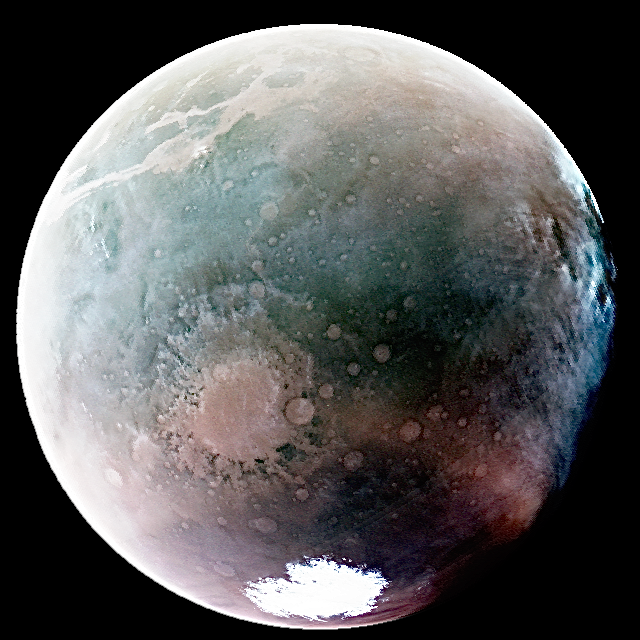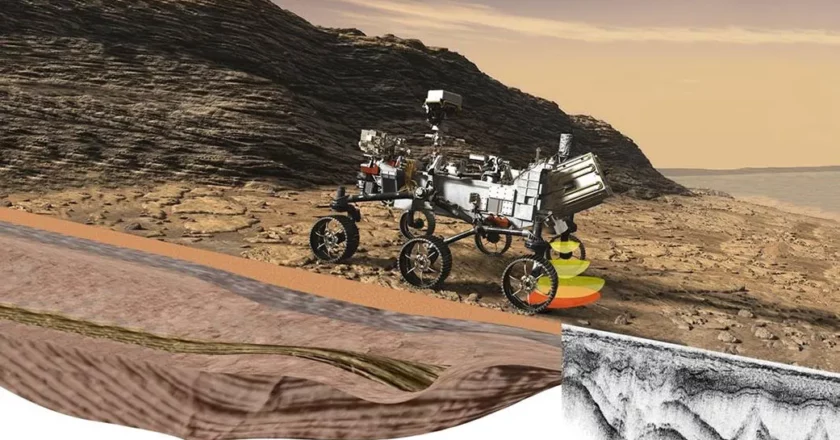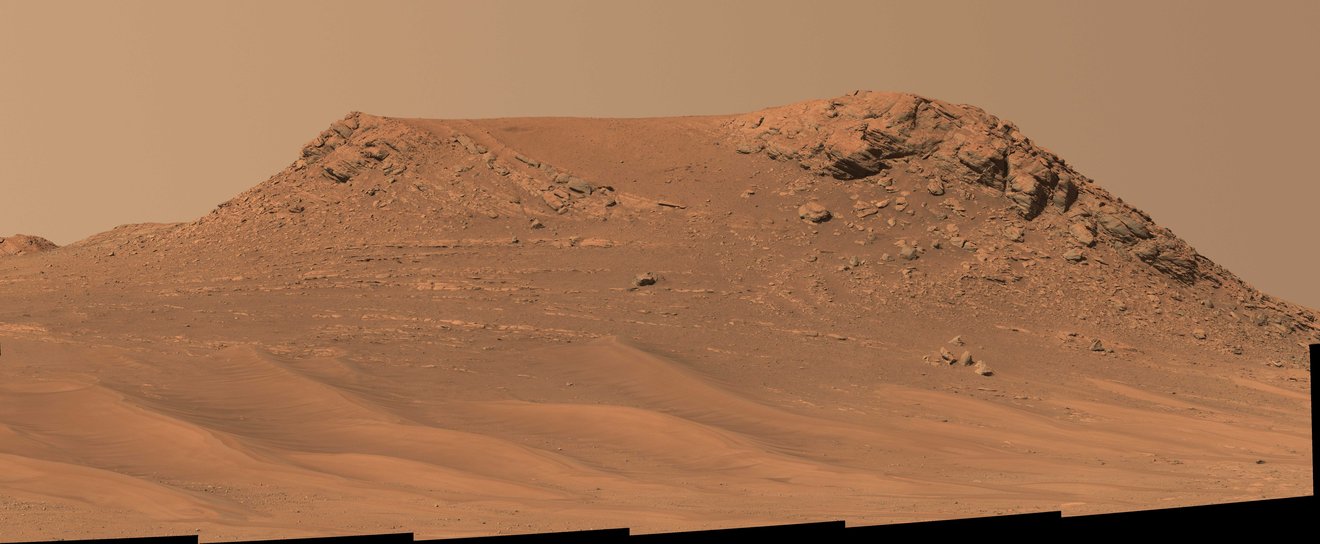We Know More About How Mars Became Inhabitable
Long time ago, we believe Mars had the conditions for life to be possible. Nowadays, it's the complete opposite. NASA is helping us learn more, thanks to it's robotic explorers on Mars.Using instruments on the curiosity rover, researchers measured the composition of carbon-rich minerals to gather insights.According to David Burtt at the Goddard Space Center, "The isotope values of these carbonates point toward extreme amounts of evaporation, suggesting that these carbonates likely formed in a climate that could only support transient liquid water." He goes on to say that the samples are not consistent with an ancient mars with life. However, it doesn't rule out the possibility of an underground biosphere or surface biosphere before the carbonates formed.If you didn't know, Is...





